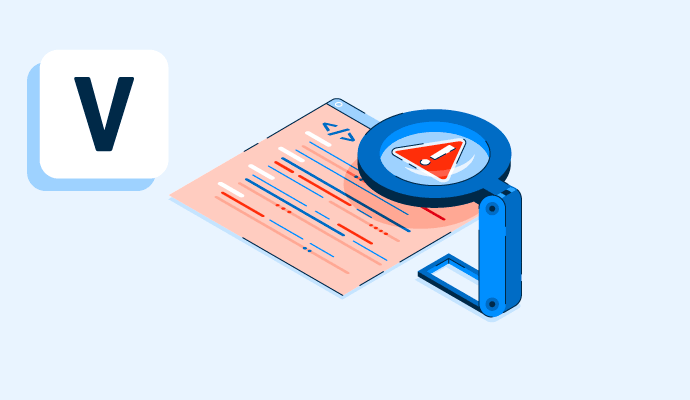What is vulnerability scanning?
Vulnerability scanning is the systematic process of inspecting and identifying potential security vulnerabilities in computer systems, networks, and applications.
Typically, vulnerability scanner software automatically assesses systems against known vulnerabilities and generates reports on exposure points to help businesses enhance their security.
The process is often conducted by cybersecurity experts using specialized software tools and is a critical measure to ensure systems remain secure against evolving threats. Vulnerability scanning is typically a part of broader development, security, and operations (DevSecOps) strategies. Other elements of DevSecOps include software composition analysis, container security, penetration testing, log analysis, and more.
Types of vulnerability scanning
Depending on what vulnerability scanning is being used for or the industry a company is in, there are four different types.
- Network-based scans: These types of scans cover network services and configurations. Common types of vulnerabilities in this context include outdated software and misconfigured firewalls.
- Host-based scans: These types of scans focus on vulnerabilities in host machines, their configurations, and the software they run. Outdated employee operating systems are a common vulnerability in this type of scan.
- Application scans: These assessments concentrate on software applications to identify flaws in their programming or configuration. This type of vulnerability scanning is primarily used by cybersecurity professionals working for development teams to protect company and user data.
- Database scans: These types of scans spotlight vulnerabilities within databases by examining their structure and security configurations.
Benefits of using vulnerability scanning
- Enhanced visibility: Vulnerability scanning gives a clearer picture of the security health of an organization's infrastructure, highlighting areas of concern. This visibility is immensely valuable and serves as the core benefit at the heart of vulnerability scanning.
- Proactive defense: It allows businesses to identify and rectify security vulnerabilities before they're exploited. This allows cybersecurity teams to bolster defenses against specific types of potential cyber-attacks.
- Compliance maintenance: Regular vulnerability scans assist organizations in maintaining compliance with industry standards and regulations.
- Improved patch management: By revealing missing updates or patches, vulnerability scanning supports businesses in managing their software updates efficiently. Vulnerability scanners will automatically identify outdated software and prepare a list of necessary updates.
Basic elements of vulnerability scanning
The exact mechanisms behind vulnerability scanning can vary, but a complete vulnerability scan will include the following elements:
- Configuration: Before initiating the scan, parameters like target systems, depth of scan, and specific checks are set. These can range from a complete systems check to a targeted check on a database of concern.
- Scan execution: Once initiated, the scanning tool checks the target system(s) against a database of known vulnerabilities. This database is industry-standard and updated by the scanner’s vendor. The user can adjust some vulnerability scanners to include company or industry-specific vulnerabilities in the database.
- Data analysis: Once the scan is completed, the gathered data is analyzed to determine the severity and relevance of each identified vulnerability.
- Reporting: A comprehensive report is generated detailing identified vulnerabilities, their potential impact and priority, and recommended remediation steps.
Vulnerability scanning best practices
To make vulnerability scanning work, follow these best practices:
- Frequent scans: Regularly schedule vulnerability scans to identify new vulnerabilities stemming from system changes or emerging threats.
- Utilize multiple tools: No single tool on the market can identify every single vulnerability. Employing a combination of tools can provide a more thorough analysis.
- Prioritize remediation: Not all vulnerabilities carry the same risk. It's essential to prioritize based on severity and impact.
- Stay updated: Always keep vulnerability databases up-to-date to ensure the scanning tool recognizes the latest threats.
Vulnerability scanning vs. penetration testing
While both vulnerability scanning and penetration testing aim to identify weak points in systems, their methodologies and depth vary.
Vulnerability scanning is an automated process that identifies vulnerabilities, reports them, and suggests remediation. In contrast, penetration testing is a more in-depth, sometimes manual process. Penetration testing simulates cyberattacks to exploit vulnerabilities and then assesses potential consequences. One way to think about the difference is that vulnerability scanning is more like a check-up, whereas penetration testing is a stress test.
Learn why vulnerability scanner software is gaining popularity in the tech landscape.

Adam Crivello
Adam is a research analyst focused on dev software. He started at G2 in July 2019 and leverages his background in comedy writing and coding to provide engaging, informative research content while building his software expertise. In his free time he enjoys cooking, playing video games, writing and performing comedy, and avoiding sports talk.

